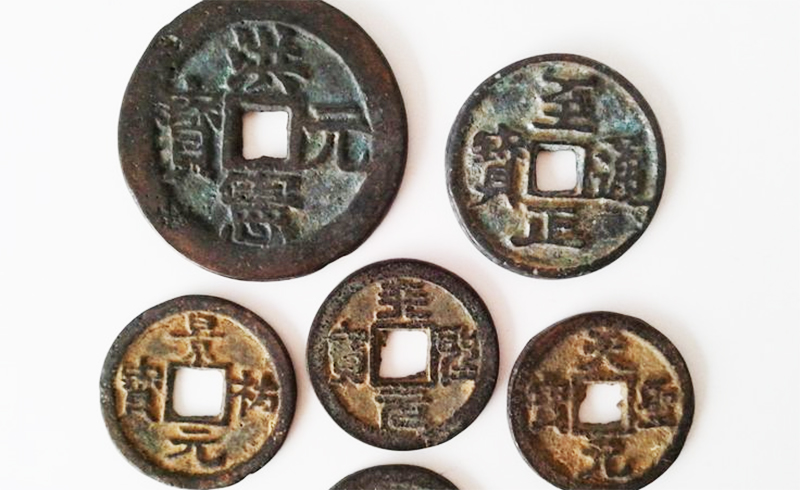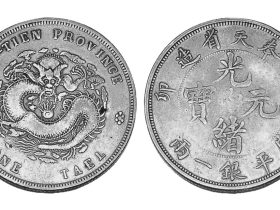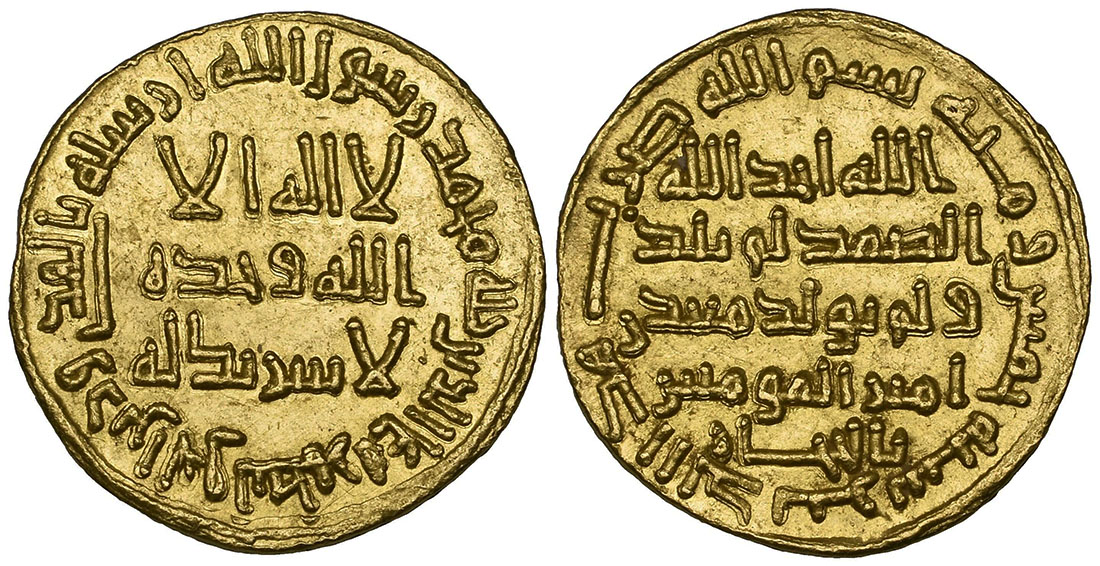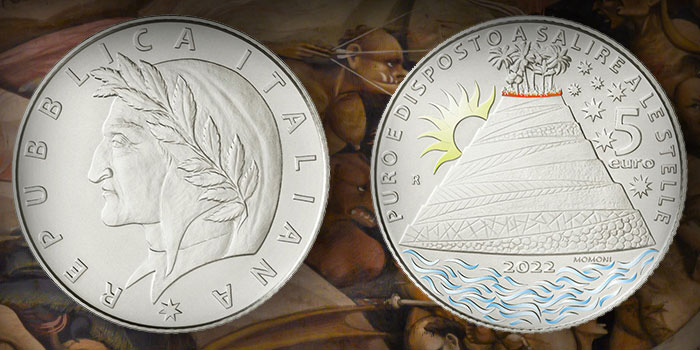
What techniques did the Chinese used in casting their coins? Three thousand years of Chinese coin casting innovation produced the world’s finest cast coinage. What was ancient Chinese currency made of?
Ancient Chinese cash coins were produced by casting until the late nineteenth century. Far cheaper and easier than coin striking, ancient Chinese had exploited casting through constant innovation and improvements of the process.
Early Ancient Chinese coin casting process
The earliest form of casting technique employed in Chinese coin production was with the use of moulds prepared by carving images and legends of the coin directly into a block of clay or soapstone.
The carving was done with prior model. Thus, early Chinese cash of the same denomination shows a great deal of variations.
“Mother Coins” in old Chinese coin making
What was ancient Chinese currency made of?
During the Han Dynasty, Chinese mints partially solved the inconsistencies in cast coins by using bronze master moulds. Master moulds were used to prepare the clay moulds which will be used for the actual casting.
Advances in the casting process in the sixth century resulted in the introduction mother coins (mu qian). Mother coins were used to impress the designs of the coin on very fine wet sand that would act as moulds for the coins. A mother coin was prepared by carefully engraving a pattern of the coin in a material that can be easily worked with such as tin.
The coin casting process involves the use of a rectangular frame filled with fine wet sand, presumably mixed with clay, and sprinkled with charcoal or coal dust. The dust allows the molten metal to flow smoothly. It also acts as a layer that separates the two halves of the moulds.
Mother coins are pressed on the wet sand in the wooden frame (first half of the mould). Rods are placed between the coins to create channels where the molten metal can flow. A second frame (second half of the mould) is placed on top and pressed tightly. This imprints the designs of the obverse and reverse of the mother coins on the sand in the frames.
The mother coins are then removed and transferred on top of the second frame to create new moulds. This processed is repeated until up to fifteen layers of moulds are created. The wooden frames are bound tautly and filled with molten metal, usually bronze.
This process creates a “coin tree,” cast coins connected by hardened metal on the channels. After brushing off the sand, coins are broken of the “tree.”
To make the edges smooth, the coins are strung together on a long square rod and the coin edges are filed down. It is further polished in tubs of chaff or sand before the final stringing.
The use of mother coins proved to be effective in controlling the quality of the coins. Slight differences between mother coins still existed however skillful the carver is.
“Ancestor Coins” in antique Chinese coin production
In the turn of the 18th century, a move was made that would better control the quality of mother coins. The new procedure introduced the use of “ancestor coins” (zu qian) to cast the mother coins. Ancestor coins were carefully engraved, polished and guarded.
The same casting procedure was utilized in the production of the mother coins, and the circulating cash coins. Ancestor coins led to even better consistency in the produced coins.
A single ancestor coin can be used to cast thousands of mother coins, which in turn are used to cast thousands of circulating cash.










Leave a Reply